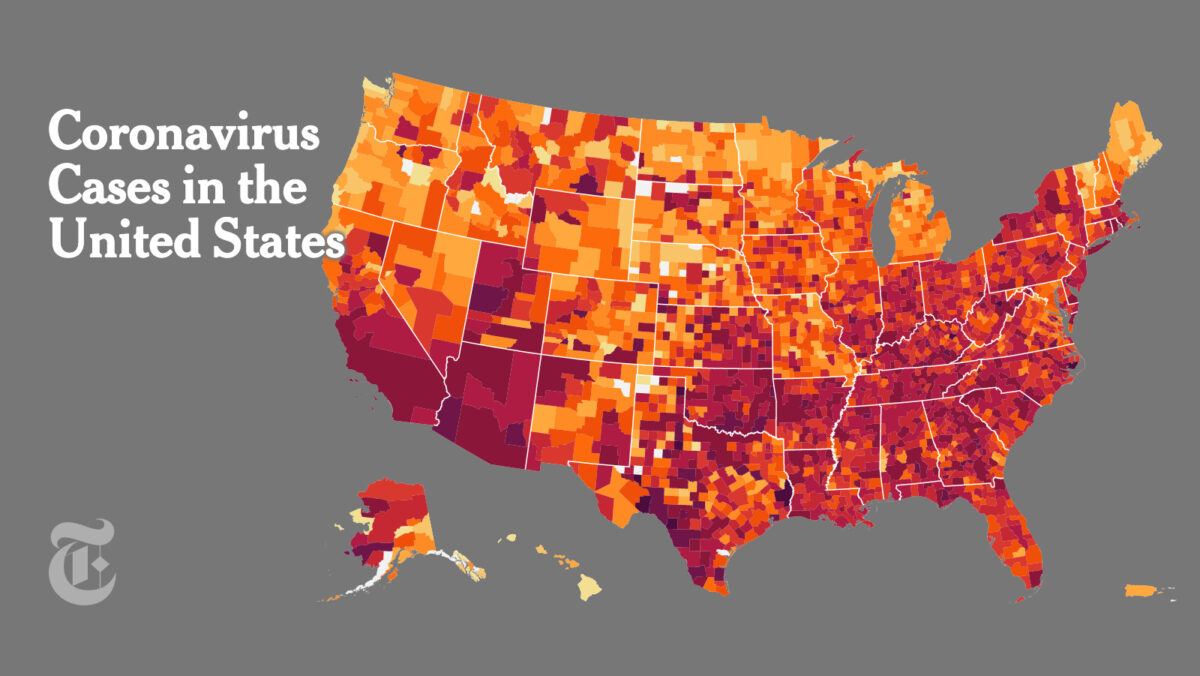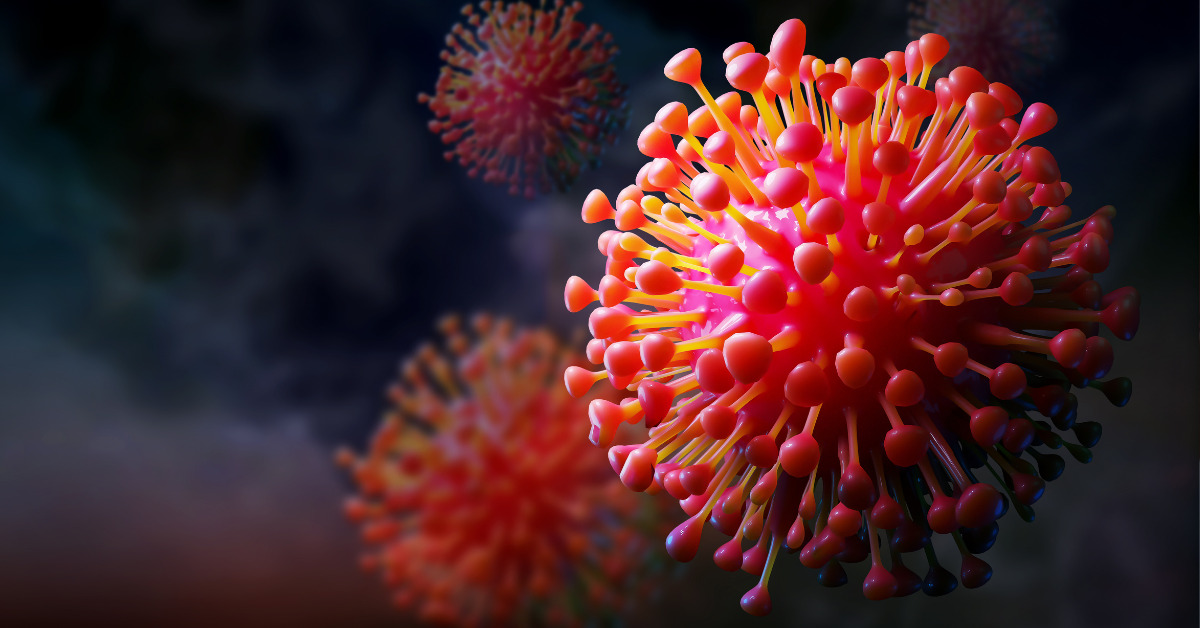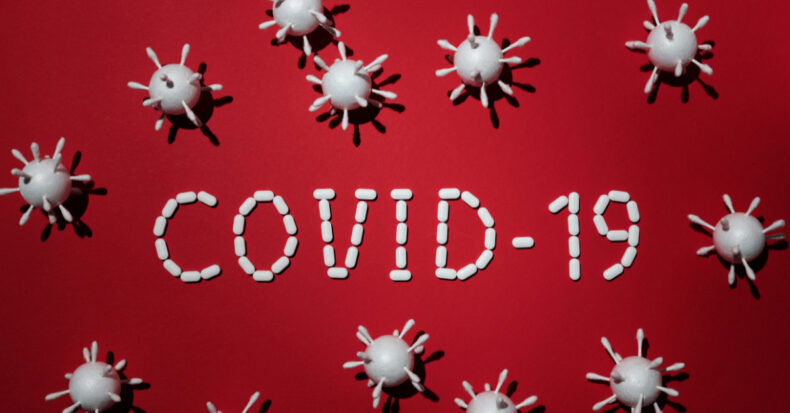After months of being out of the news spotlight, COVID-19 has made a comeback, particularly in the United States. Reports based on data from the US CDC’s COVID tracker reveal a 10% increase in COVID-related hospitalizations since last December, with a total of 8,035 hospitalizations reported. This surge has been observed since mid-June, raising concerns about the factors driving this resurgence.

Heat and Indoor Air Circulation: Factors Behind the Surge
The recent spike in COVID cases can be attributed to a combination of factors, experts suggest. One significant contributor is the summer heat, which is prompting more people to stay indoors in settings with limited air circulation. COVID-19 is known to spread more effectively in indoor environments where proper ventilation is lacking. Additionally, waning immunity from previous COVID vaccinations might also be contributing to the increase in infections during this period.
Understanding the Risk of a New COVID Wave

While the rise in cases is worrisome, experts are cautious about labeling it as the beginning of a new COVID wave. This is partly due to the ongoing prevalence of the Omicron variant, which has been circulating for a considerable period. Even though some sub-variants of Omicron were closely monitored earlier, the dominant strains remain largely consistent. According to CDC spokesperson Kathleen Conley, the current increase in infections is mainly caused by strains closely related to Omicron variants that have been present since early 2022.
COVID Awareness: Recognizing Symptoms Importance
Being able to recognize symptoms and maintaining a vigilant approach is crucial during these times of heightened COVID concerns. Interestingly, amidst the current surge, there is a glimmer of positivity – there haven’t been any new or notably distinct symptoms reported. Health authorities in New York are underlining the importance of vigilance, urging individuals who experience familiar symptoms like a runny nose or a headache to prioritize getting tested for COVID. This consistent symptom pattern indicates that, despite the increase in cases, the fundamental behavior of the virus has remained relatively stable. This continuity allows healthcare professionals to continue providing targeted care and testing while helping individuals make informed decisions about their health. It also serves as a reminder that even in the face of uncertainties, our understanding of COVID symptoms remains a valuable tool in identifying and managing potential infections.
Proven Measures for Mitigation

The strategies for reducing the risk of COVID-19 transmission and severe illness remain consistent. “The fundamental methods to lower your chances of contracting COVID-19 or facing severe outcomes from the virus remain unchanged,” states Dr. Thomas Russo, a distinguished infectious disease expert from the University at Buffalo in New York. Wearing masks in crowded spaces, ensuring proper indoor air circulation, receiving booster shots and promptly seeking testing upon showing symptoms continue to be crucial in curbing virus spread.
Protecting Vulnerable Populations

Certain groups need to exercise heightened caution in light of this resurgence. Unvaccinated individuals and those belonging to high-risk categories should be particularly vigilant. Health experts stress the importance of sustained awareness, especially considering shifts in behavior as the pandemic’s intensity fluctuates. Practicing measures such as avoiding unnecessary crowded spaces, wearing masks outdoors, maintaining hand hygiene and refraining from touching exposed surfaces are essential. Older adults, those with weakened immune systems, and individuals with chronic conditions are urged to strictly adhere to these precautions.
Conclusion:

As COVID-19 resurfaces in the United States, vigilance and adherence to proven preventive measures remain our best defense. While the increase in cases is concerning, the situation is complex and influenced by factors such as heat and immunity levels. Continuity in symptoms suggests a degree of stability in the virus’s behavior. By following recommended practices—including mask usage, proper ventilation, testing and protective behaviors—both individuals and communities can contribute to mitigating the spread of COVID-19. Particularly for vulnerable groups and the unvaccinated, a proactive approach to safety is essential to safeguarding health and well-being. As we navigate these challenging times, let us remember the importance of collective responsibility and the potential impact of our actions in curbing the resurgence of this persistent virus.













